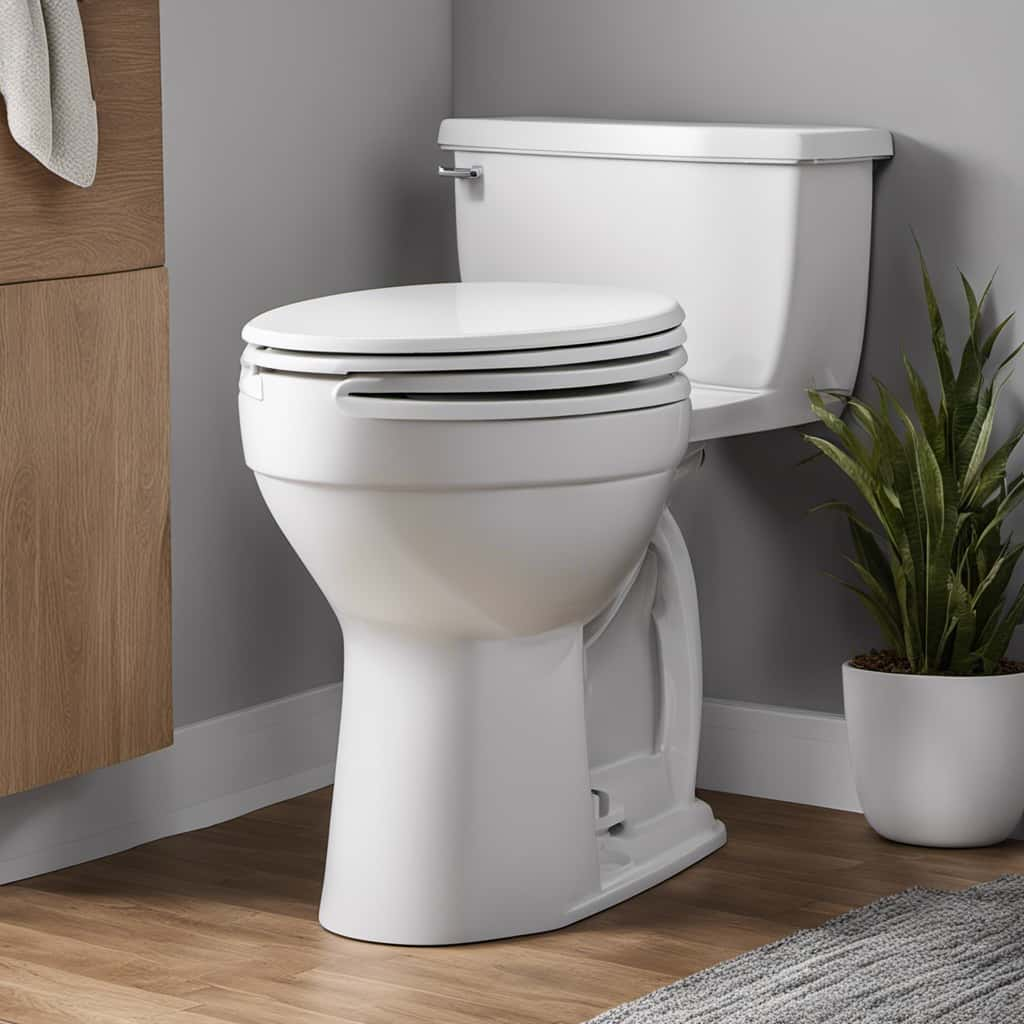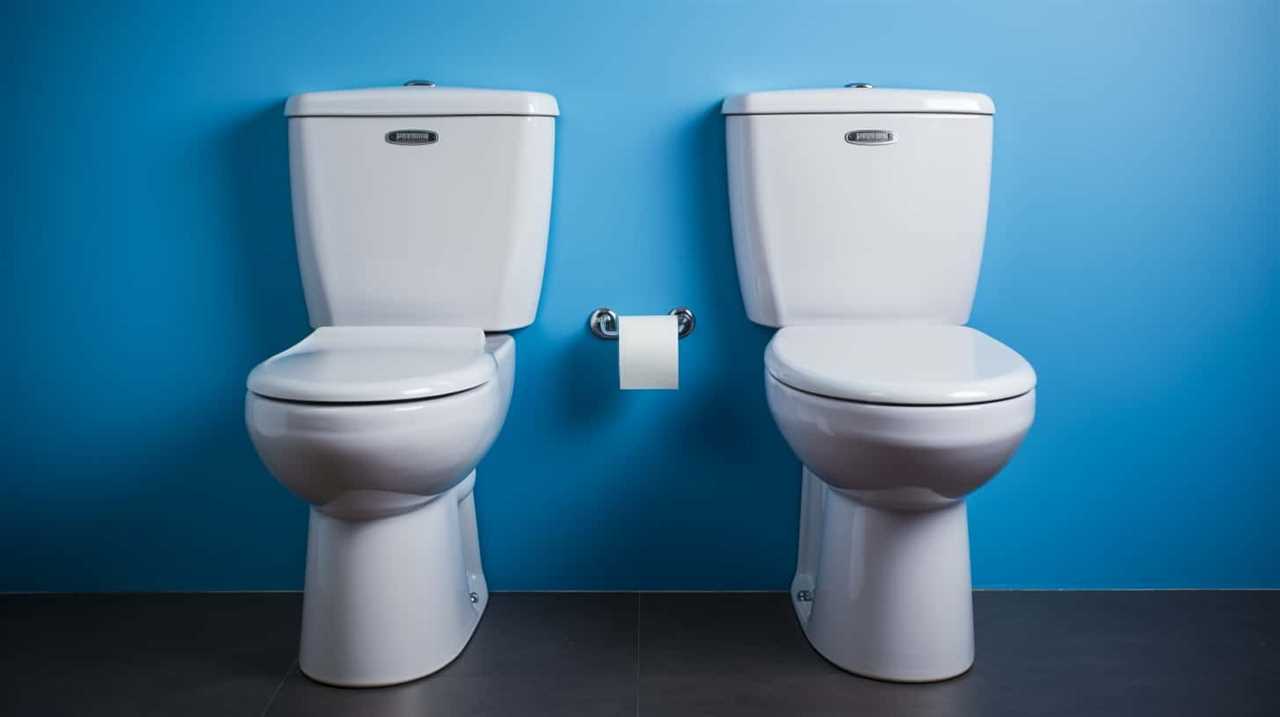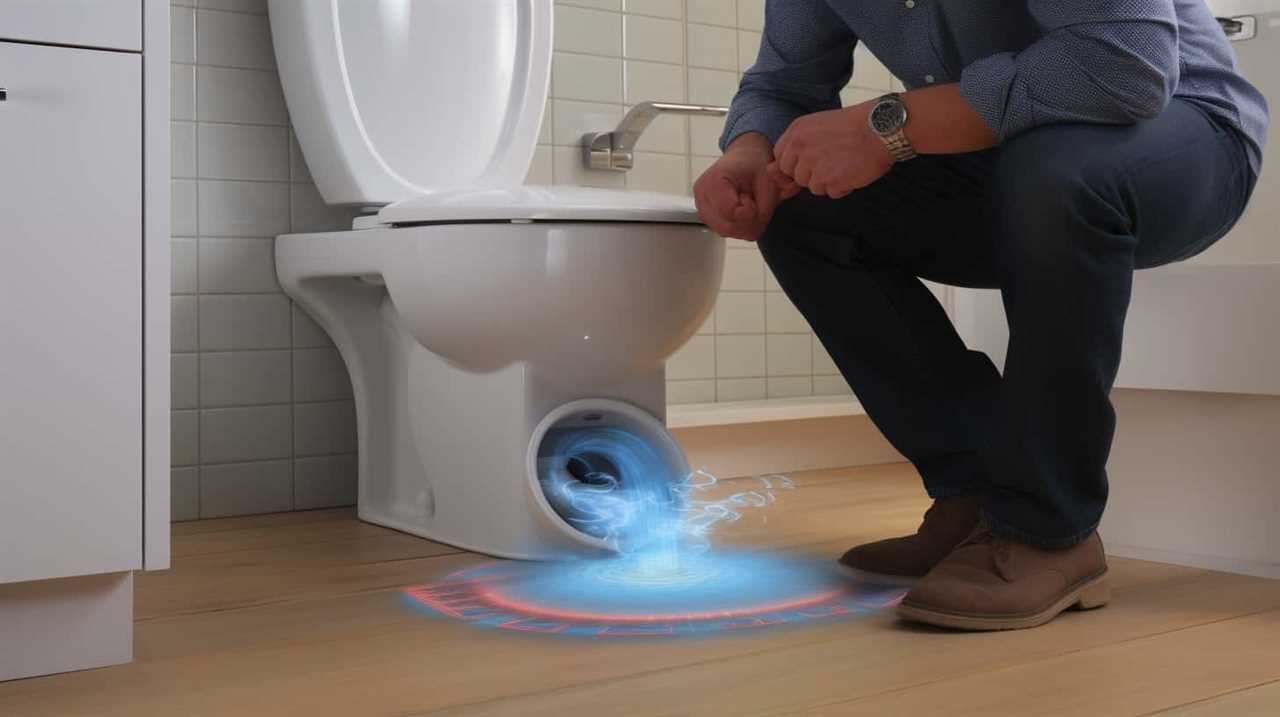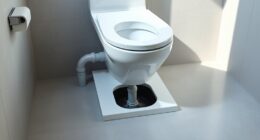Have you ever questioned whether insurance would cover an overflow from your bathtub? Rest assured, we have the insights you seek.
In this article, we’ll explore the types of insurance that may provide coverage, factors that determine coverage, and steps to take after a bathtub overflow incident.
We’ll also debunk common misconceptions and provide helpful tips to prevent such incidents in the first place.
Get ready to master the ins and outs of insurance coverage for bathtub overflow!

Key Takeaways
- Homeowners insurance and renters insurance may cover bathtub overflow incidents, but coverage may vary depending on the policy.
- Factors such as policy terms, deductible amounts, and the cause of the overflow can determine insurance coverage for bathtub overflow.
- Insurance providers may deny claims for negligence or intentional actions that led to the overflow incident.
- After a bathtub overflow incident, it is important to stop the water source, remove excess water, dry the area, sanitize affected surfaces, and check for structural damage.
Types of Insurance That May Cover Bathtub Overflow
Some types of insurance may provide coverage for bathtub overflow incidents. Homeowners insurance and renters insurance are two types of insurance policies that may offer protection in the event of a bathtub overflow.
Homeowners insurance typically provides coverage for damage caused by accidental water discharge, including bathtub overflow. This coverage can help pay for repairs or replacement of damaged property, such as flooring or furniture.
Renters insurance, on the other hand, offers similar coverage for tenants who experience a bathtub overflow in their rented property. It can provide compensation for damage to personal belongings as well as any necessary repairs. However, it’s important to note that the specific coverage and limits may vary depending on the policy.
Now, let’s explore the factors that determine insurance coverage for bathtub overflow incidents.

Factors That Determine Insurance Coverage for Bathtub Overflow
To determine insurance coverage for bathtub overflow, we consider factors such as policy terms, deductible amounts, and the cause of the overflow. The specific terms of your insurance policy will determine whether or not bathtub overflow is covered. Some policies may have specific exclusions for water damage or require additional coverage for incidents like bathtub overflow. Additionally, the amount of your insurance deductible will play a role in determining coverage. If the cost of repairing the water damage is less than your deductible, you may need to cover the expenses out of pocket. Lastly, the cause of the overflow may impact coverage. If the overflow was due to negligence or intentional actions, your insurance provider may deny your claim. It is important to understand these factors before filing claims and dealing with insurance deductibles.
| Factors | Description |
|---|---|
| Policy Terms | Check your insurance policy for specific coverage details and any exclusions related to water damage or bathtub overflow. |
| Deductible Amounts | The amount you must pay out of pocket before your insurance coverage kicks in. |
| Cause of the Overflow | Whether the overflow was due to negligence or intentional actions can impact coverage. |
Understanding these factors can help you navigate the insurance claim process and determine the steps to take after a bathtub overflow incident.
Steps to Take After a Bathtub Overflow Incident
After a bathtub overflow incident, we should immediately assess the extent of the water damage. Here are the steps to take after a bathtub overflow incident:
- Stop the water source: Turn off the faucet or main water supply to prevent further damage.
- Remove excess water: Use towels or a wet-dry vacuum to soak up as much water as possible.
- Dry the area: Use fans and open windows to promote air circulation and speed up the drying process.
- Sanitize affected surfaces: Clean and disinfect the area to prevent mold growth.
- Check for structural damage: Inspect walls, floors, and ceilings for any signs of damage or sagging.
By following these steps, you can effectively clean up after a bathtub overflow and assess the water damage.

However, it’s important to understand common misconceptions about insurance coverage for bathtub overflow incidents.
Common Misconceptions About Insurance Coverage for Bathtub Overflow
Our insurance policy typically provides limited coverage for bathtub overflow incidents. However, there are several common misconceptions about insurance coverage for these incidents that need to be addressed. To help clarify the situation, let’s take a look at the insurance claim process for bathtub overflow incidents and the common exclusions in insurance policies.
| Insurance Claim Process | Common Exclusions |
|---|---|
| Report the incident to your insurance provider | Damage caused by negligence or lack of maintenance |
| Document the damage with photos and detailed descriptions | Damage resulting from gradual wear and tear |
| Provide any necessary supporting documents, such as receipts or repair estimates | Damage caused by intentional acts |
| Cooperate with the insurance adjuster and follow their instructions | Damage caused by flooding or natural disasters |
| Receive compensation for covered damages, minus any deductibles | Damage to personal belongings not covered by the policy |
It’s important to understand that insurance coverage for bathtub overflow incidents may vary depending on your specific policy and the circumstances of the incident. Be sure to review your policy and consult with your insurance provider to fully understand your coverage.
Tips for Preventing Bathtub Overflow Incidents
Now let’s talk about how we can prevent bathtub overflow incidents. It’s important to be proactive in order to avoid potential damage and costly repairs. Here are some tips to help you prevent bathtub overflow incidents:

- Regularly inspect the bathtub drain and overflow openings for any blockages or debris buildup.
- Install a drain cover or screen to catch hair and other small objects that can cause clogs.
- Be mindful of the water level when filling the bathtub and never leave it unattended.
- Consider using a bathtub overflow drain cover to prevent water from overflowing onto the floor.
- Schedule regular maintenance checks with a professional plumber to ensure the proper functioning of your bathtub’s drainage system.
Conclusion
Insurance coverage for bathtub overflow incidents may vary depending on the type of insurance policy you have and the specific circumstances of the incident.
It’s important to review your policy and contact your insurance provider to determine if you’re covered.
Remember to take immediate steps after a bathtub overflow incident to mitigate damage and prevent further issues.
By understanding your insurance coverage and taking preventive measures, you can ensure a smooth resolution in case of a bathtub overflow.











